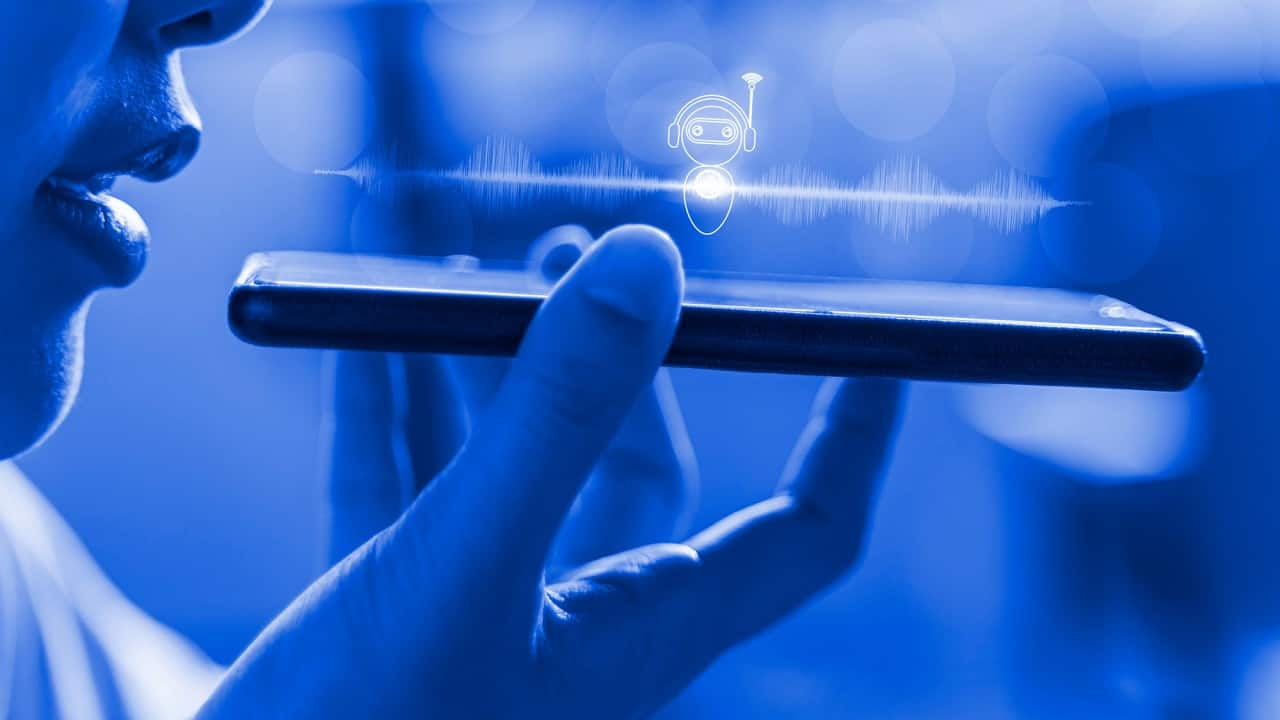Voice-based payments are new but could change how we shop. Users can now begin payments in chat or message conversations, turning regular interactions into fast cash transfers.
With an emphasis on the Unified Payments Interface (UPI), the Reserve Bank of India (RBI) intends to include AI in digital payments. Known as “Conversational Payments,” the idea ushers in a novel and intuitive method of conducting business. This new feature puts payment requests straight into chat or message discussions, making daily interactions fast money transfers.
Voice assistants for financial transactions
Voice assistants have infinite potential uses and duties because they can be implemented in virtually any industry, including finance, healthcare, retail, and advertising. Banks and other payment services are beginning to research the feasibility of implementing voice technology for financial transactions.
As tech giants like Google, Amazon, and Apple produce AI-enhanced gadgets with a conversational voice interface, consumers’ interest in voice assistants grows across all markets.
PWC predicts that using cashless payments worldwide will climb by 80% between 2020 and 2025 and nearly triple by 2030.
It’s a reasonable bet that “Voice” will play a significant role in the new payments 4.0 age, which experts predict is upon the payment industry.
Existing voice digital payment technologies
In 2016, PayPal was the first significant payment service to implement a voice-activated technology for processing transactions.
Samuel et al. created a Voice Chatbot for the Eyowo payment platform using a Raspberry Pi and the Amazon Lex Service.
In a parallel effort, Kaur et al. created “Voice Pay,” a voice-activated digital payment system that streamlines the conventional digital payment process.
The “DashCam” system created by Tymoszek et al. is a face- and voice-activated payment system for moving vehicles.
How to create a voice payment account?
Creating a voice payment account is like building a digital wallet. Unlike an online wallet, a voice payment account can be set up in a manner. In both circumstances, the customer pays with a linked credit, debit, or checking account. With voice payments, the user doesn’t need to pull up the app and manually enter the payment information. Instead, the user sends a command to their device to process the payment.
The device will then launch the user’s preferred payment app and request transaction confirmation once the user has spoken the command. Customers can verify their identity and approve the transaction with a PIN, facial, or fingerprint scan. The reversal procedure is identical. For instance, you can instruct your gadget to solicit funds from a third party. This innovation also allows customers to track their payments and account balances.
What would be the challenges?
Voice assistants need help grasping dialects other than the standard American one. People with a typical American accent may benefit significantly from this technology, but others with different accents may need help to use the service. Likewise, integrating speech-activated technologies at the point-of-service level is essential for the widespread adoption of voice payments. However, retailers face a high price tag due to the complexity and expense of connecting with Wi-Fi and Bluetooth-enabled products.
How would it impact the future?
Speech applications like IoT speakers and voice assistants are growing as AI gets increasingly interwoven into our daily lives. However, voice assistants must improve their understanding of speakers with varying accents. For instance, users of Google’s “Hands-Free” app won’t need to pull out their phones or wallets to complete purchases. Android Pay, Google’s mobile payment system, is integrated into the app. More than a million retailers worldwide support Android Pay, according to Google.
An Android user at the register says, “I’ll pay with Google.” Then, technologies like Bluetooth, Wi-Fi, phone sensors, and in-store cameras will transmit the payment information to the retailer’s point-of-sale system. The cashier can also view the customer’s photo that was uploaded ahead of time. The transaction can be authorized once the user’s identification has been verified.
To conclude
In 2016, the UPI was implemented, ushering in a new era of digital payments. Initially much slower, these transactions now account for 4.5 times debit and credit card activity. Even a lowly fruit vendor with a cart may accept UPI customer payments. A lot is happening in the payment industry, so much so that many experts believe the payment sector is entering a new era of payments 4.0, in which “Voice” will undoubtedly play a pivotal role.
Furthermore, voice-enabled payment systems are revolutionising the financial technology sector. Traditional payment methods will be obsolete very soon. Those who have yet to decide risk being left in the dust as voice technology rapidly changes how we engage with banks.
Discover the latest business news, Sensex, and Nifty updates. Obtain Personal Finance insights, tax queries, and expert opinions on Moneycontrol or download the Moneycontrol App to stay updated!
Source link
credite

